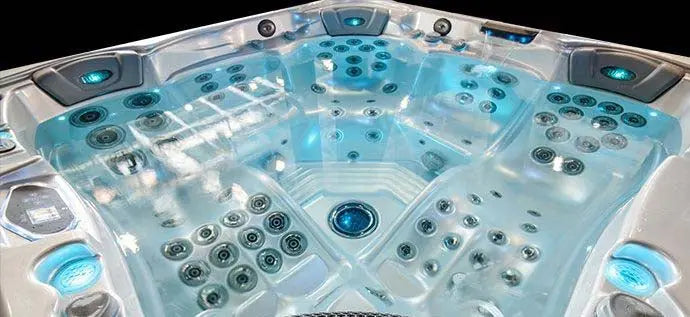Whirlpool Chlor - general
Chlor is an essential disinfectant for hot tubs to keep the water clean and safe. But what types of chlorine are there for hot tubs and what are the differences between organic and inorganic chlorine?
What is organic whirlpool chlorine and why is it the wrong chlorine for whirlpools?
Organic chlorine, such as trichlor or dichlor, is unsuitable for use in hot tubs as it can lead to an accumulation of cyanuric acid and does not kill biofilm. This can cause problems with water quality and impair the effectiveness of chlorine. Over time, the hot tub becomes "chlorine-dependent" and the demand increases.
Which chlorine works in the whirlpool against biofilm and what is biofilm?
A common problem in whirlpools is the formation of biofilm, a layer of bacteria and other microorganisms that settle on surfaces and are continuously released into the water. Inorganic chlorine, such as sodium or calcium hypochlorite, is effective against biofilm and helps to combat it. We recommend HTH Shock Chlor Red!
Which chlorine is the right one for hot tubs and how much should be dosed?
For whirlpools, it is recommended to use inorganic chlorine, as it disinfects effectively without generally affecting the overall water quality. The dosage depends on the size of the whirlpool and the frequency of use. It is recommended to regularly measure the chlorine level and adjust the dosage accordingly.
What alternatives are there to chlorine as disinfectants for hot tubs?
There are also alternative disinfectants for whirlpools, such as bromine or active oxygen. These can be a good option for people who are sensitive to chlorine or are looking for a chlorine-free alternative. However, it is important to consider the respective advantages and disadvantages of the different disinfectants.
More about Whirlpool Water Care here?
What to do with whirlpool with cloudy water?
Ozone disinfection for hot tubs













